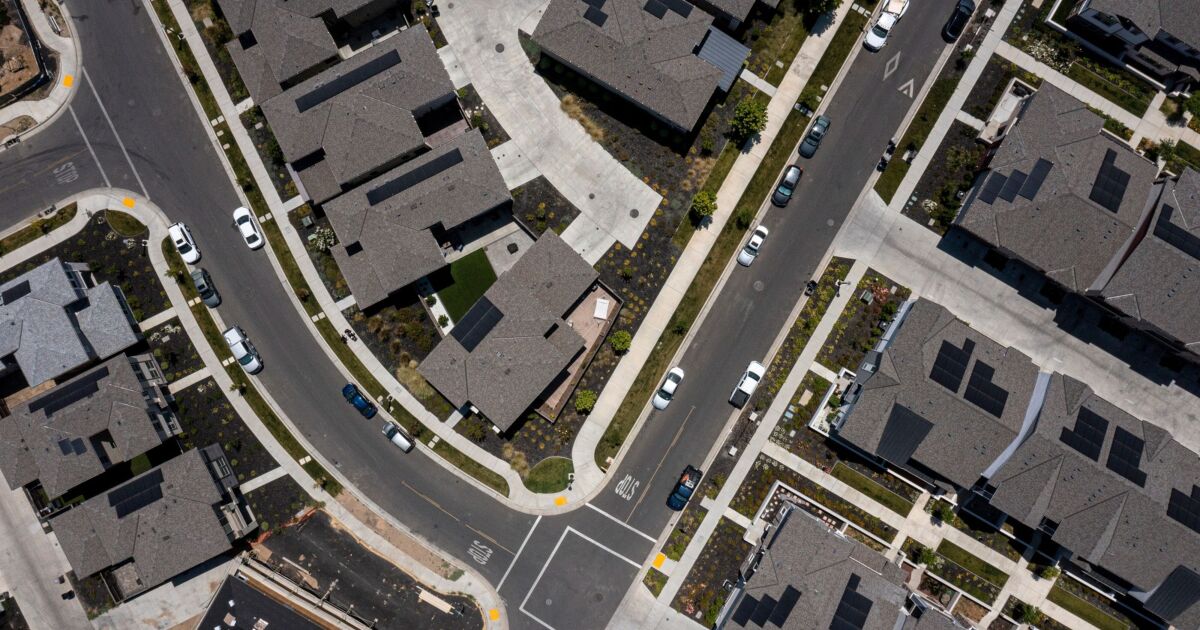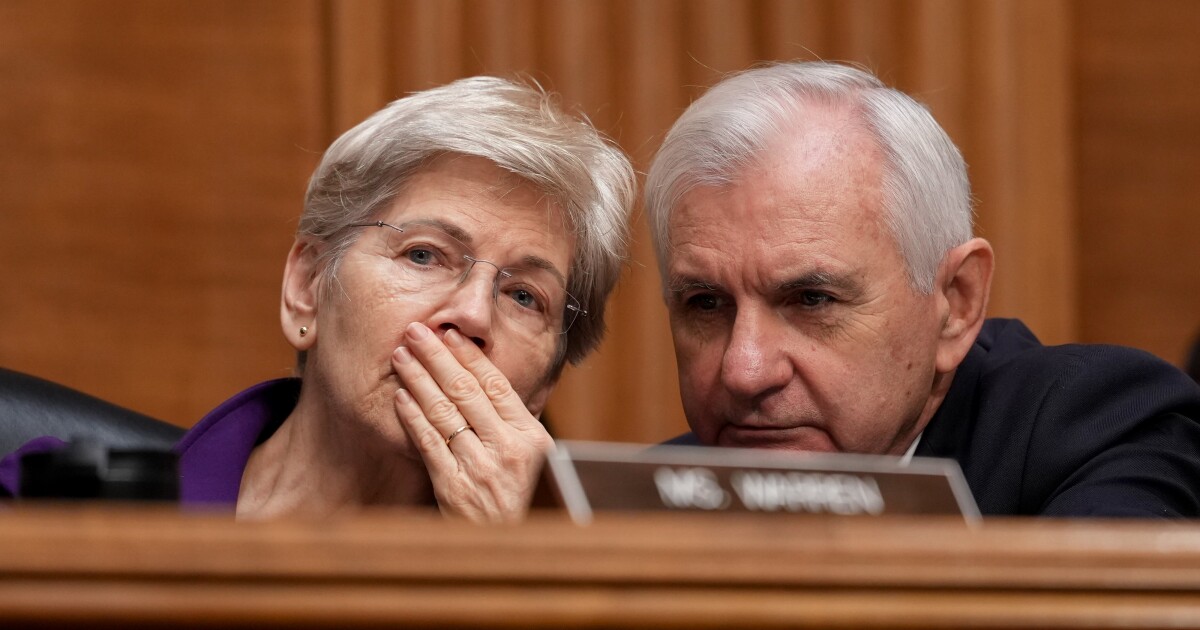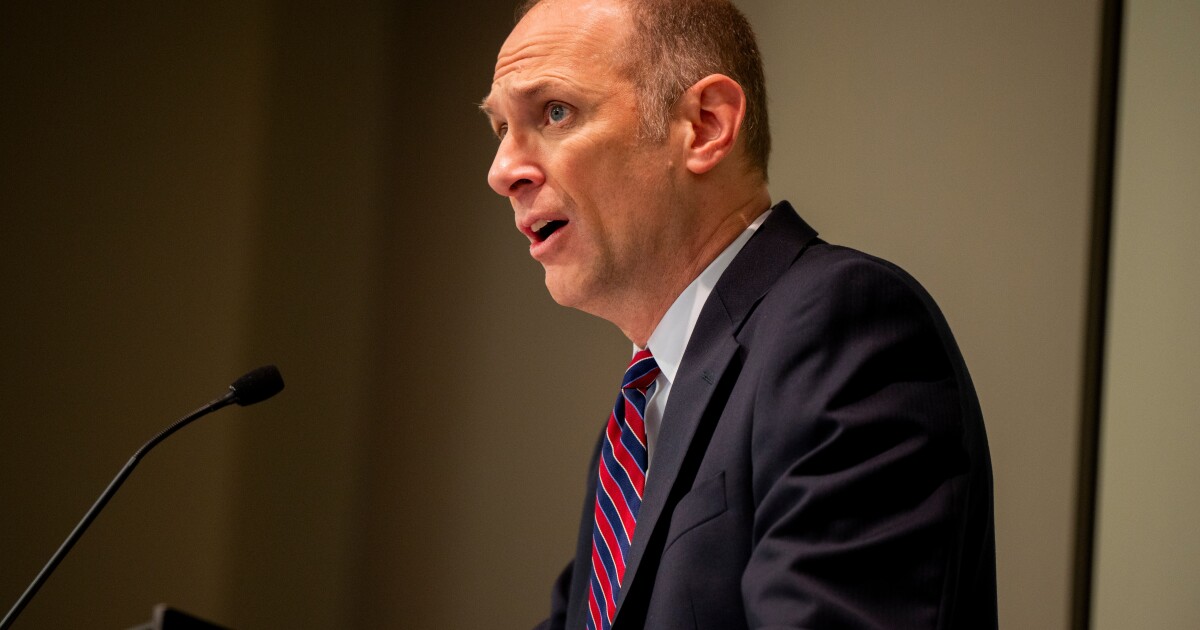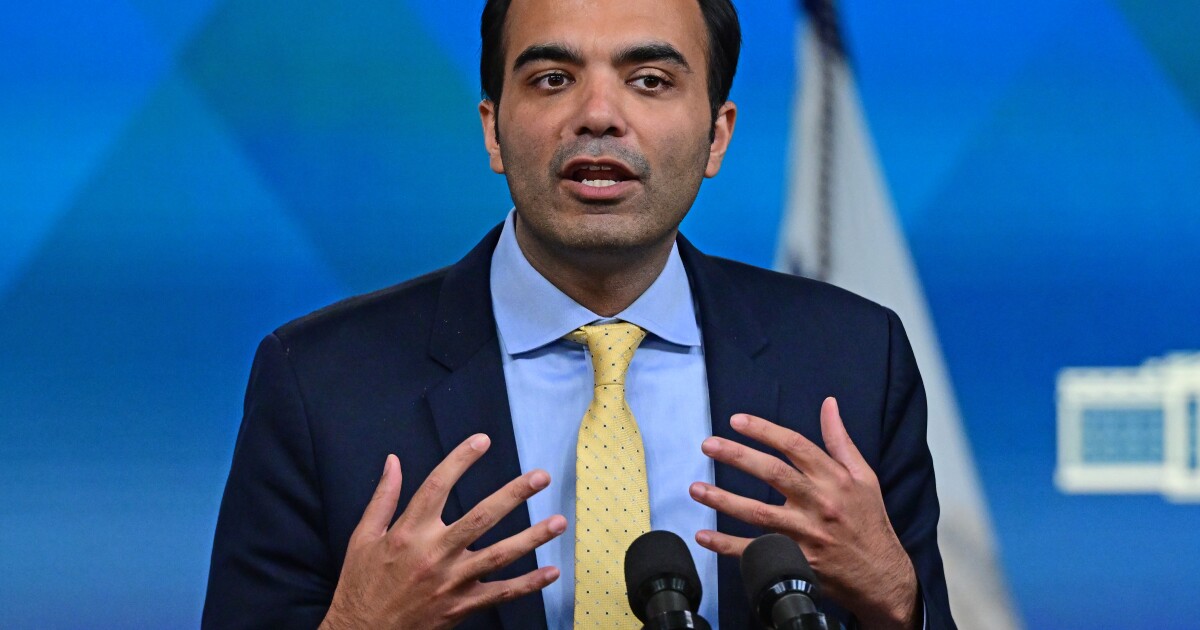
Mortgage application volumes overall dropped for the fourth time in five weeks amid the ongoing surge in rates, but refinance activity picked up, according to the Mortgage Bankers Association.
The MBA's Market Composite Index, which measures application activity based on surveys of trade group members, inched down a seasonally adjusted 1% for the weekly period ending Oct. 20. On a year-over-year basis, activity came in 17.9% lower, with current rates at a 23-year high.
"Ten-year Treasury yields climbed higher last week, as global investors remained concerned about the prospect for higher-for-longer rates and burgeoning fiscal deficits. Mortgage rates followed," said Joel Kan, MBA vice president and deputy chief economist, in a press release.
The average 30-year conforming rate for balances below $726,200 in most markets accelerated to 7.9% among MBA members, rising 20 basis points from 7.7% a week earlier. Borrowers used 0.77 points on average to bring down the rate for 80% loan-to-value ratio loans.
"Rates have now risen seven consecutive weeks at a cumulative amount of 69 basis points," Kan said.
Mean interest rates headed up across the board among all categories tracked by the MBA, with some researchers anticipating that they will cross 8% in the near future. The association's 30-year jumbo average took a jump of 22 basis points to finish at 7.78% compared to 7.56% a week earlier. Points, though, decreased to 0.71 from 0.85.
Despite the elevated rates, the Refinance Index managed to climb up 1.8% from the prior week, with higher volumes recorded in both conventional and government markets. Thanks to the increase, as well as slowing purchase activity, the refinance share last week grew to 31.4% from 30.5%.
Adjustable-rate mortgages also continued their resurgence, with the ARM Index up a seasonally adjusted 1.9%, as borrowers sought affordability relief. After accounting for 9.3% of volume last week, the ARM share of applications inched up to 9.5%, its highest since November 2022, according to Kan.
The seasonally adjusted Purchase Index, on the other hand, slid down 2.2% from the prior survey and came in 21.5% below levels of a year ago. The average purchase-loan size, meanwhile, fell to $410,700, its lowest since late summer, indicating more activity likely occurring at the more affordable end of the market. The mean amount edged down 0.5% from the previous week's $412,600.
The Government Index was flat compared to the week before, and the share of federally sponsored applications relative to total activity, likewise, saw only a minor uptick. Federal Housing Administration-backed mortgages made up 15.2%, expanding its share from 14.8% seven days earlier. But that growth was partially offset by the shrinking portion of applications guaranteed by the Department of Veterans Affairs, which equaled 10.5% compared to 10.7% in the last survey. The share of U.S. Department of Agriculture-sponsored applications also decreased to 0.4% from 0.5%.
The average contract rate for 30-year FHA-backed mortgages leapt, rising to 7.52% from 7.36%. Points for 80% LTV applications climbed up to 1.15 from 1.02.
Meanwhile, the 15-year fixed rate average crossed a major threshold, increasing to 7.08% from 6.98% week over week. Borrower points surged to 1.42 from 1.04.
After the contract 5/1 ARM rate fell earlier in the month and briefly drove a rush of activity, it headed higher for a second consecutive week. The average landed at 6.99% compared to 6.52% in the previous survey, while points decreased to 0.68 from 1.5.



